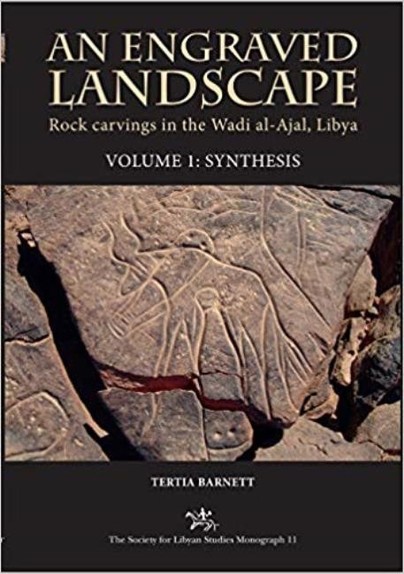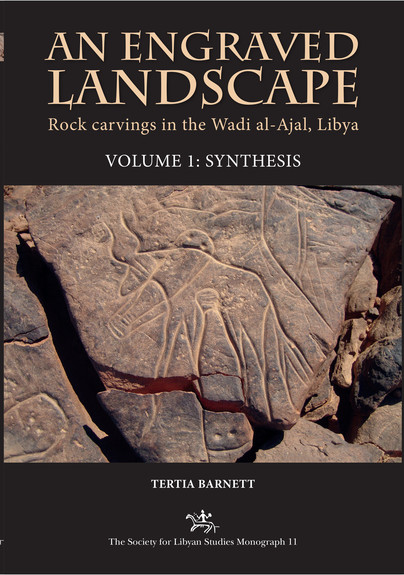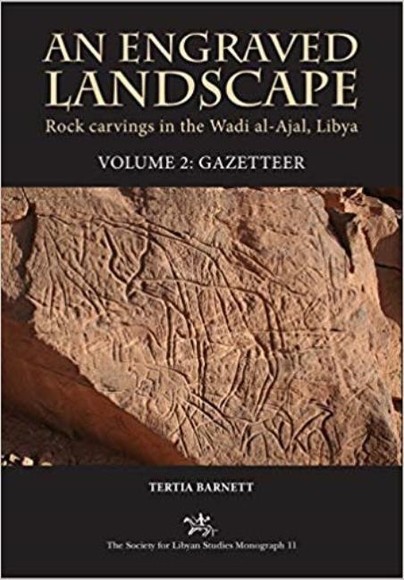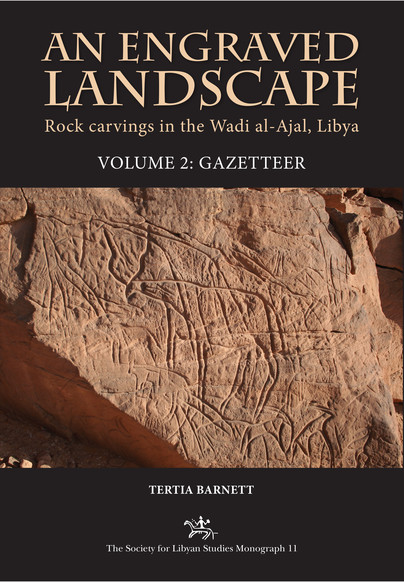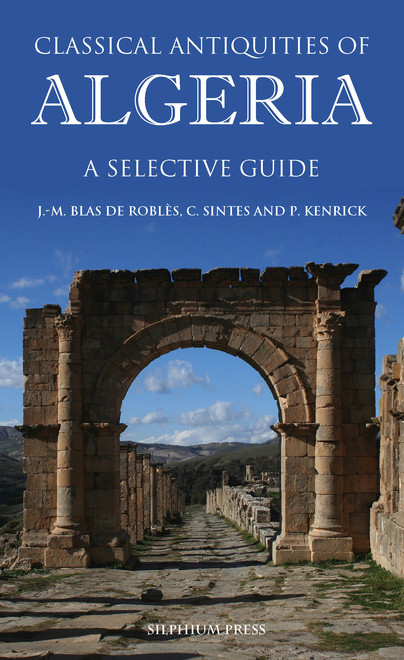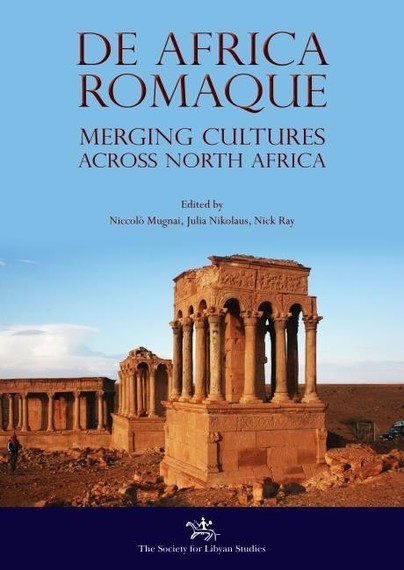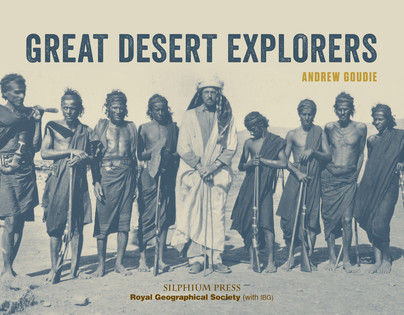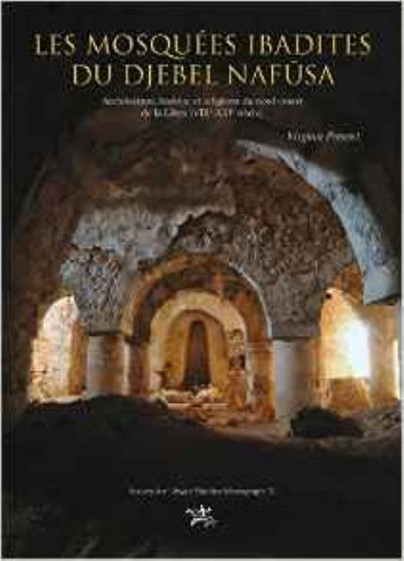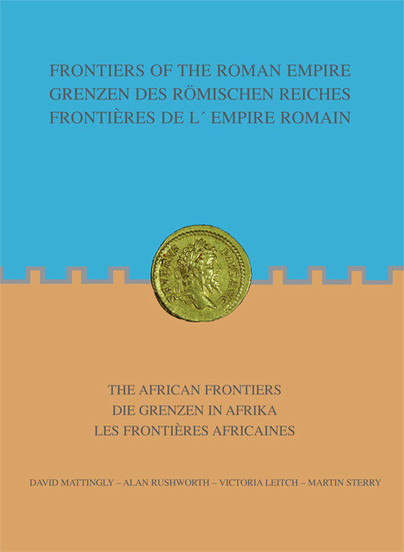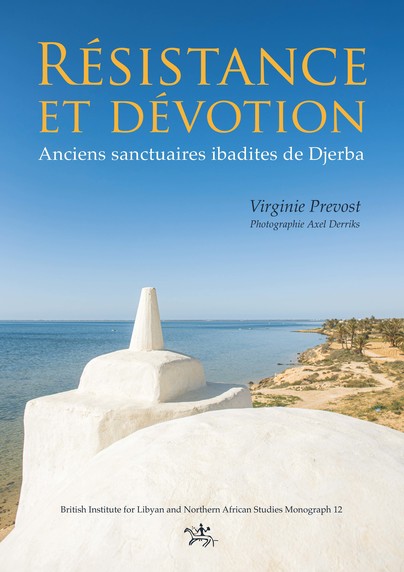

The British Institute for Libyan and Northern African Studies is a British academic body, sponsored by the British Academy, which since 1969 has fostered and developed links between British and Libyan scholars in a wide range of fields including the natural sciences, linguistics, archaeology, history and geography. It publishes a journal, detailed reports on its field projects, and a popular series of travel books. It also runs a regular lecture series in London on a wide range of topics relating to Libyan culture and heritage, which are open to the public.
The Society publishes detailed reports on its field projects as part of a monograph series. In addition, Silphium Press is the popular imprint of The Society for Libyan Studies, dedicated to works of more general interest on Libya. Found only in Cyrenaican Libya, it was appreciated throughout the Mediterranean world from the seventh century BC to the first century AD when it became extinct, probably through overexploitation. Their logo is inspired by images on the coins of Cyrene.

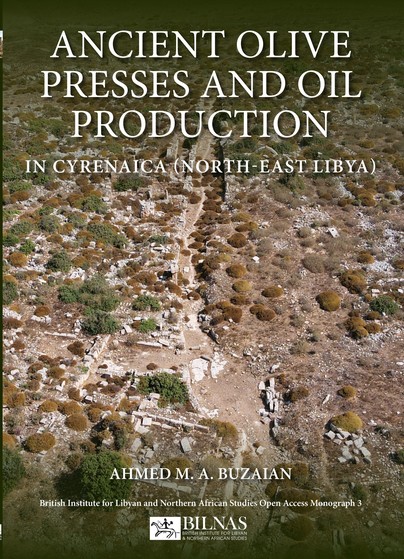
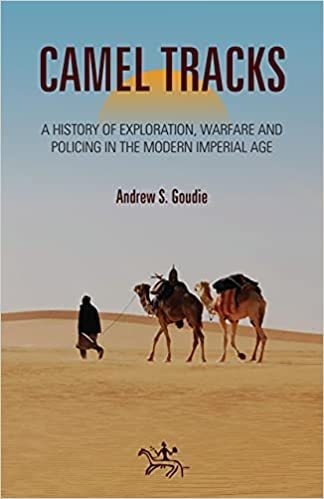
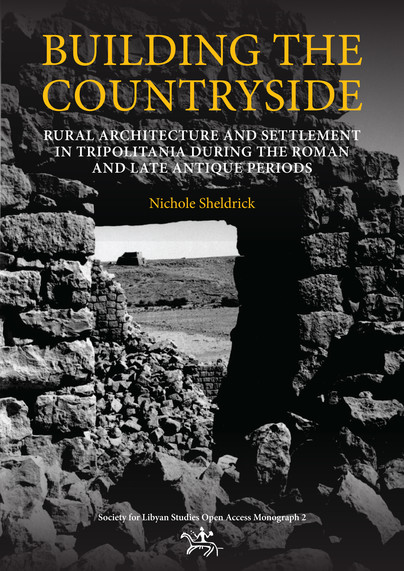
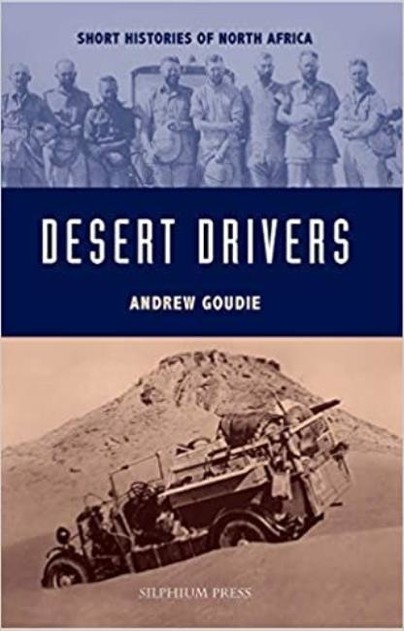
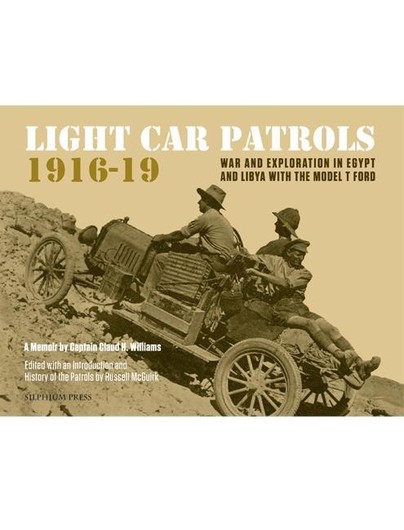
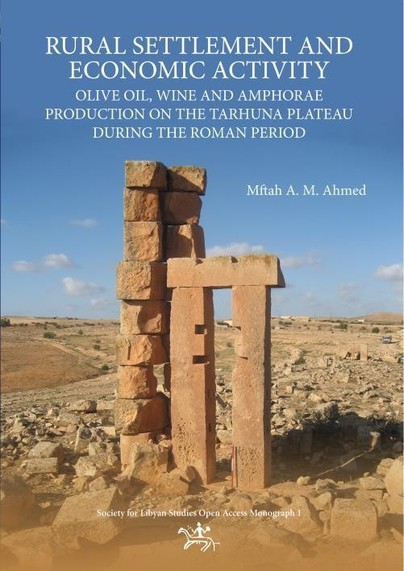
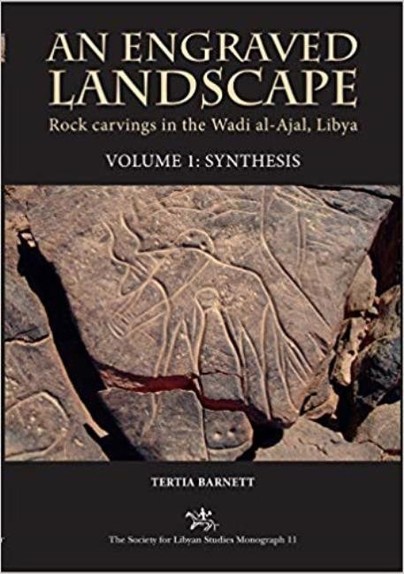
An Engraved Landscape - Volumes 1 and 2
